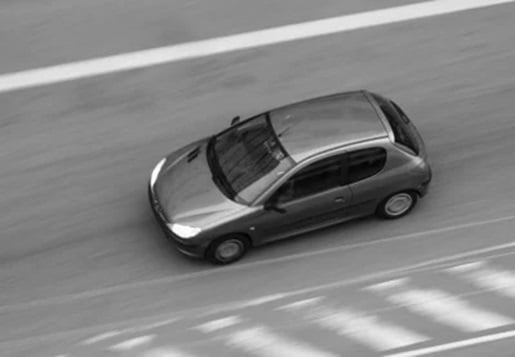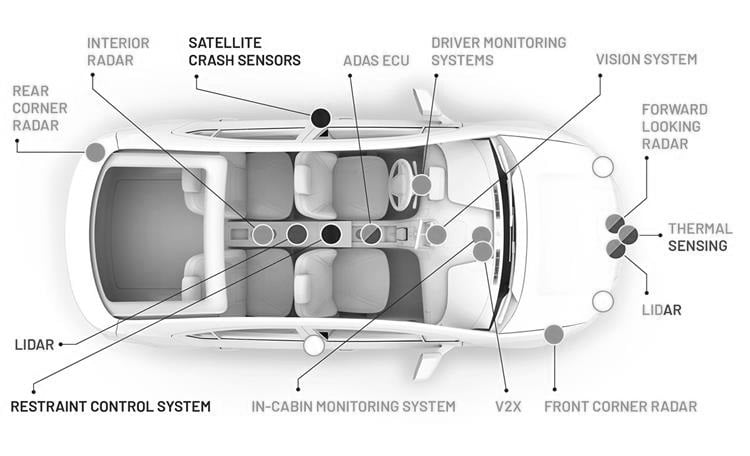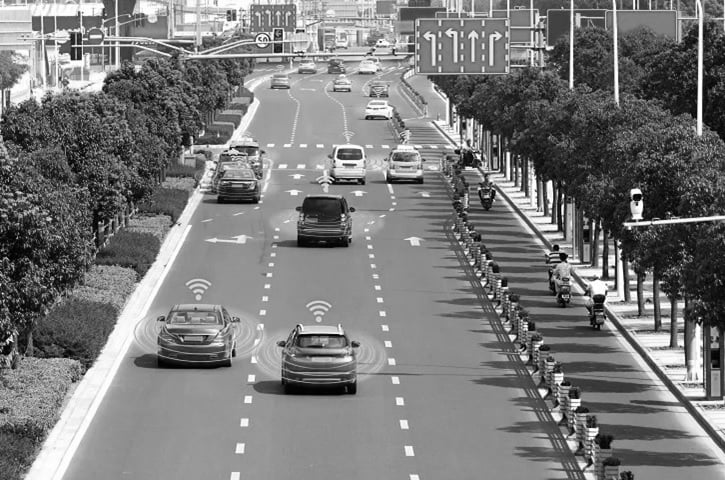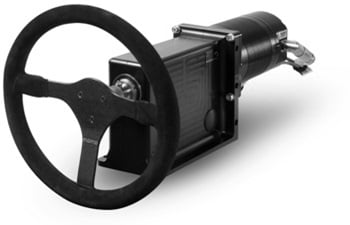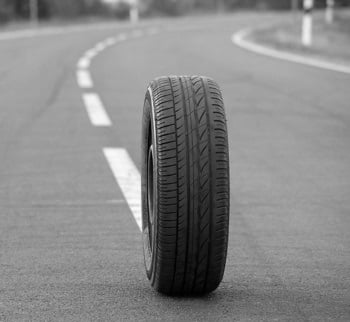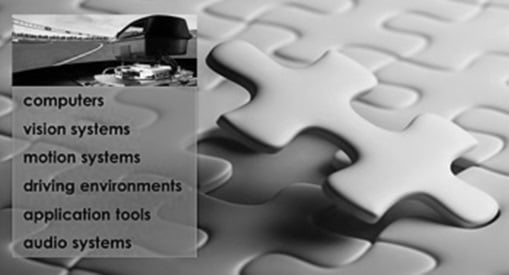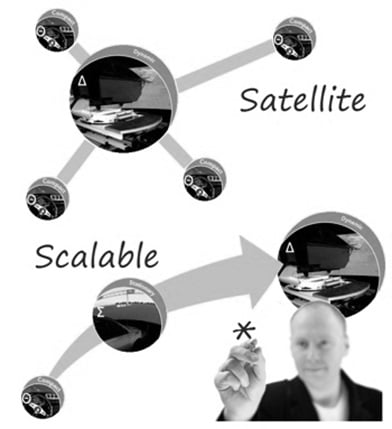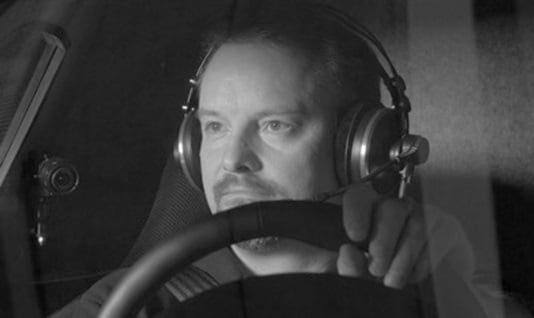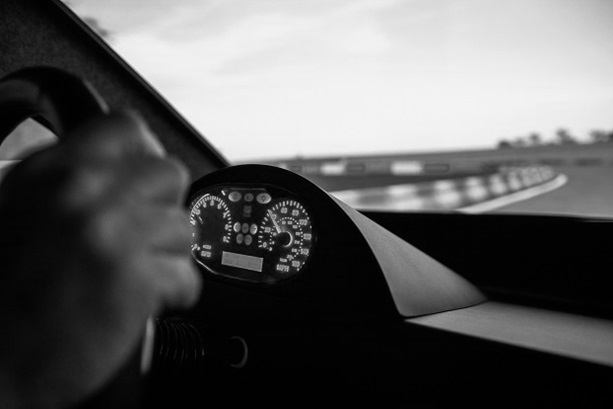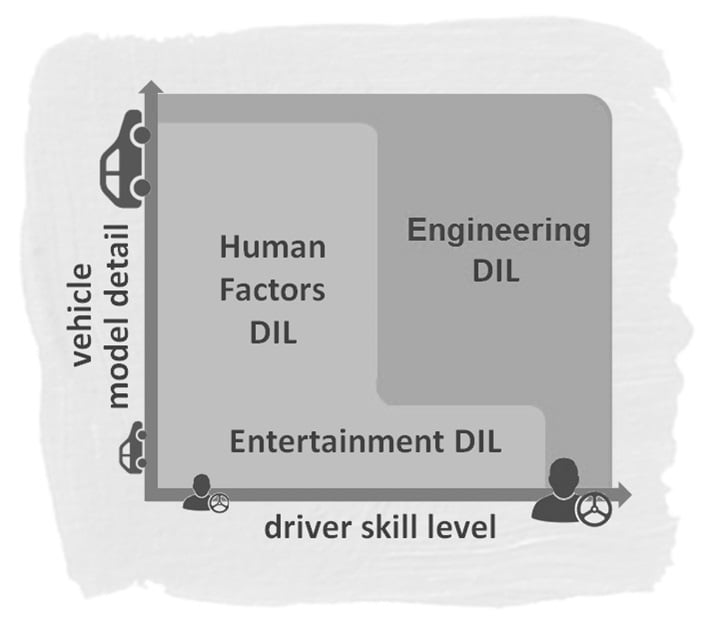It can be agreed without debate that tuning and developing cars requires both subjective and objective assessments. Subjective information typically comes from experienced drivers with an ability to meaningfully describe vehicle behavior. Objective information typically comes from off-line simulations, on-car sensors and competent data acquisition and analysis. How to weigh all this information and mold it into a vehicle identity is another (big) topic altogether – so for the moment, let’s focus on the information itself, and more specifically address this question: Is it possible to gather both subjective and objective measurements in driving simulators? The answer is a qualified “yes.”
As with any other measurements, the quality of subjective and objective information collected in any driving simulator experiment is shaped by systems, methods, and people. Let’s have a closer look.
Subjective measurements in driving simulators
Automotive manufacturers and motorsports organizations have the advantage of employing professional drivers trained to register specific and subtle vehicle behaviors that might escape the conscious notice of average, everyday drivers. Nonetheless, professional drivers evaluating real vehicles on an actual roads or tracks can experience the same attitude, mood, and opinion bias changes that anyone might experience. For example, even the most disciplined driver can have a negative emotional reaction to unexpectedly time-consuming part changes, prolonged exposure to extreme temperatures, and so on -- and these emotions can have an influence on the driver’s subsequent subjective assessments.
A driving simulator can improve the consistency of subjective feedback because vehicle “part changes” are extremely fast (i.e. changes occur via keyboard entries rather than wrench twists), so a large number of experiments can be conducted in a short period of time without disturbing a driver’s state of mind. Additionally, because a laboratory-based driving simulator is so effective at controlling vehicle and environmental conditions, it is an ideal tool for conducting truly blind tests –- i.e. tests in which the driver is completely unaware of the specific changes that are being introduced into any given experiment. Since the driver’s perception is not colored by the knowledge of any alterations – as is almost always the case by default in real-world vehicle test sessions – new layers of subjective assessments can be explored. Of course, in order to solicit valid subjective feedback from a professional driver, the driving simulator itself must be of a certain caliber and performance level.
Objective measurements in driving simulators
A classic riddle for automotive engineers is this: Which do you trust more -- simulation results or test results? Strong cases can be made for either answer in various situations, but we can perhaps agree that both are honest attempts to capture some sort of objective “truth.” And perhaps the best we can do in our quest for answers, in an engineering sense, is maintain a consistent approach, and carefully document all our assumptions. Driving simulators, by definition, combine what would traditionally be classified as “simulation” and “test,” and they also purposefully introduce a potentially corrupting influence into the otherwise purely objective pool – a human driver. So how is it possible to extract “objective” data from such a combined scenario?
In brief, emerging driving simulator technology is reinventing how this is being done, as I’m writing this article. Utilizing such technologies as stratiform motion machinery, powerful synchronous computing techniques, and low-latency driver feedback cues, modern dynamics-capable driving simulators deliver objective measurements in the form of real-time calculated vehicle physics channels, driver measurements, and environment information which can all be viewed via telemetry or saved for later review. Practically speaking, there is so much information available, that it is only a matter of selecting the data subset that is of particular interest for any given set of experiments.
All together now
The real power, of course, comes from simultaneous capture of subjective and objective measurements during driving simulator sessions where complex vehicle systems and driver behaviors are both in play. Situations such as driver assist (ADAS) system function during extreme (limit) maneuvers and autonomous control handover in the midst of environmental conflicts are but two of many such examples. In the safe, controlled, repeatable environment of a properly configured driving simulator lab, there is really no limit to what can be explored.
To learn more about subjective and objective measures in driving simulators and the advantages of emerging Driver-in-the-Loop (DIL) simulator technologies, download our FREE eBook, Looking down the road: Harnessing the benefits of driving simulator technology.

